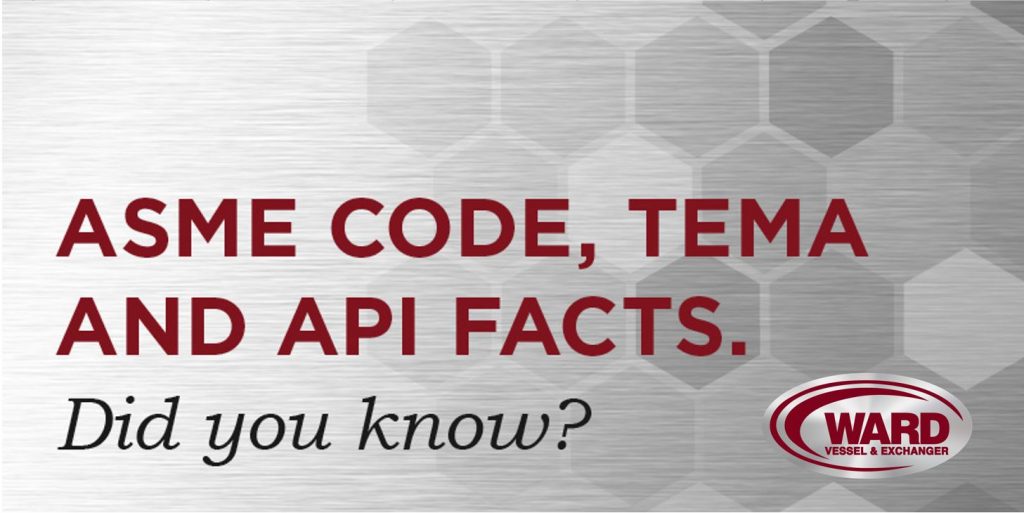
It is often desirable to change the service of pressure equipment during its lifetime. There can be substantial savings for a new or modified plant process if existing equipment can used instead of buying new products. However, there are some things to keep in mind when considering a change of service for a pressure vessel:
- Pressure and temperature rating: The nameplate will show the maximum allowable working pressure (MAWP) and temperature. Those limits cannot be exceeded in operation of the equipment. It may be possible to re-rate the equipment for higher pressure, but new code calculations must be performed.
- Gaskets: Non-standard flanges are often found on vessels and heat exchangers. These flanges are designed for the specific gasket they are intended to use. If a change in equipment service requires a different gasket, then the flange calculation must be checked for the new gasket. The flange may not be able to seal a gasket of a different type.
- Exchanger operating temperatures: The original fabricator or other qualified designer should be consulted before changing the operating temperatures of any fixed tubesheet heat exchanger. This is true even if the new service is within the current pressure and temperature rating on the nameplate. The effects of differential thermal expansion within an exchanger can cause high stresses in exchanger components, and an expansion joint may be needed to prevent damage to the exchanger.
Other factors to consider are process compatibility with the material of construction, and mechanical integrity of the existing unit. NDE or hydrostatic testing should be considered to evaluate the unit. Given the complexity and potential safety implications, it’s important to involve qualified engineers, inspectors, and potentially the original manufacturer in this evaluation process.








